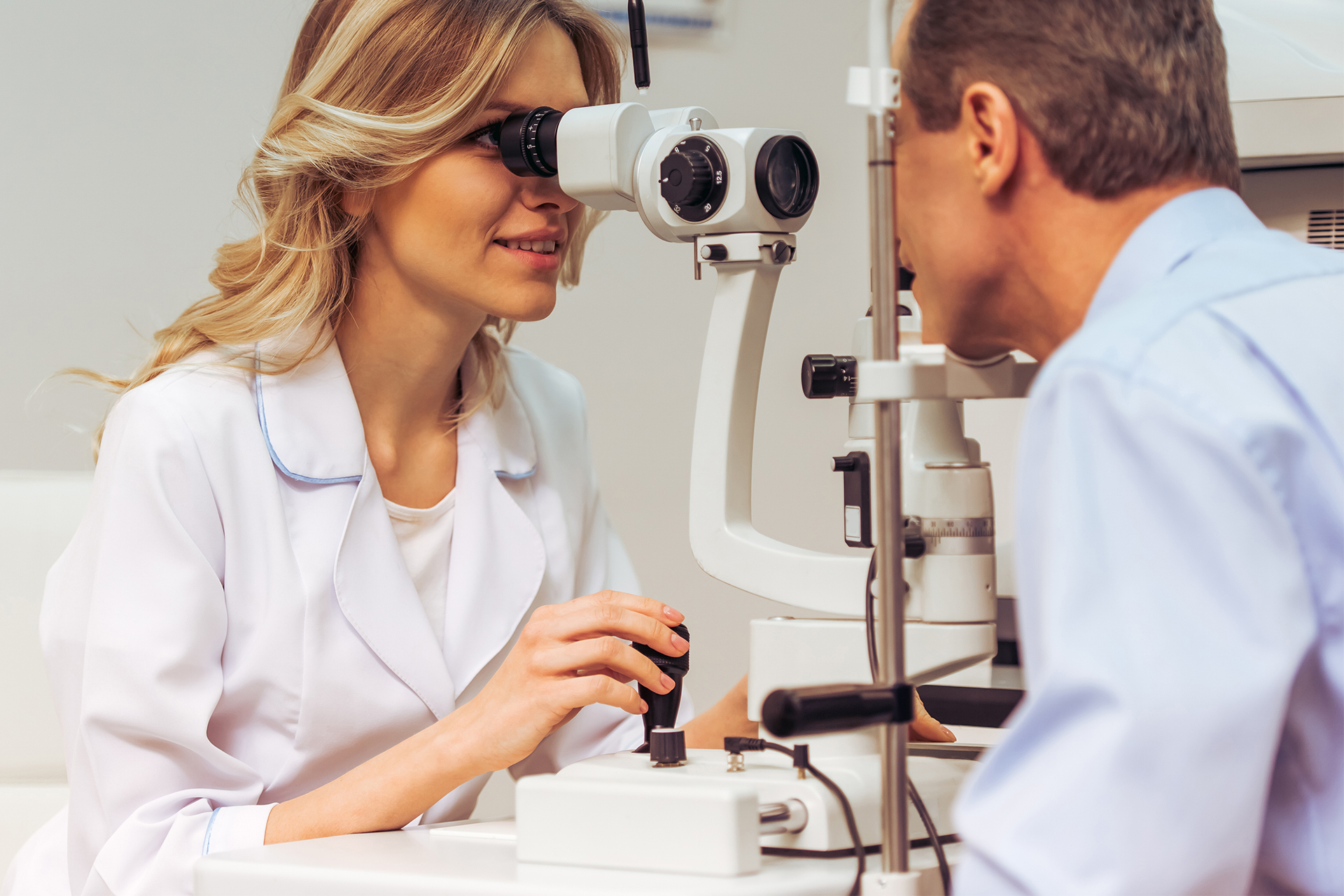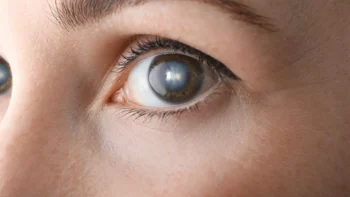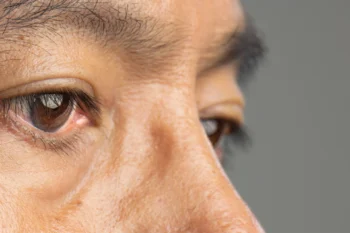What Is Glaucoma & Do All Types of Hereditary Elements?
Glaucoma’s Genetic Role in All 4 Types: Which Gene Variants Have Been Identified?
Primary Open-Angle Glaucoma (POAG) Genetic Factors
-
- Myocilin gene mutations can lead to problems with the eye-forming structures and may cause regulation issues with the secretion of an inner eye.
- Mutations of the Optineurin gene can lead to its inability to mitigate inflammation in the eye, leading to POAG risk.
- If there are mutations with the CYP1B1 gene, which helps to produce enzymes found across many of the body’s tissues, it may not function properly.
Mutations with Myocilin, Optineurin, and CYP1B1 account for less than 10% of glaucoma cases. Other risk factors for glaucoma include the change in DNA sequences in CAV1/CAV2, DKN2B antisense RNA, TMCO1, SIX1/SIX6, and LRP12/ZFPM2, while the loss of DNA in genes TBK1 and GALC from mutations also increases risk. Ongoing research is aimed at unraveling the complex interplay between these factors and how they contribute to the development and progression of POAG.
Primary Angle-Closure Glaucoma (PACG)
Primary angle-closure glaucoma (PACG) is distinguished by a restricted drainage angle within the eye, resulting in elevated intraocular pressure. Although the genetic underpinnings of PACG are still under investigation, recent research has shed light on specific genetic variations present in genes like PLEKHA7, PCMTD1/ST18, and COL11A1, which are closely linked to this particular type of glaucoma.
Primary Congenital Glaucoma (PCG)
Primary congenital glaucoma (PCG) is a rare and serious condition that primarily affects infants and young children, leading to vision impairment and potential blindness if unmanaged. The underlying genetic factors contributing to PCG are complex, with genes such as CYP1B1 and LTBP2 being identified as significant causes. Early diagnosis and appropriate treatment are crucial in managing PCG and preventing long-term visual complications.
Exfoliation Glaucoma (XFG)
Other Risk Factors for Glaucoma That Go Beyond The Genes
1. Ethnicity: Certain ethnicity has a higher risk of developing glaucoma. African Americans are known to have a higher prevalence and are more likely to develop it earlier, while Latin Americans, particularly those over the age of 65, have a higher risk.
2. Family History: A family history of glaucoma significantly increases your risk, especially if you have a first-degree relative, such as a parent or sibling, with glaucoma.
3. Age: Age is a significant risk factor for glaucoma, especially for those after 60+. Regular eye exams become even more crucial as you get older to monitor your eye health.
4. Medical Conditions: Certain medical conditions, like diabetic retinopathy, which is a diabetes-related eye problem, can increase eye pressure and contribute to glaucoma.
It’s important to be vigilant and undergo regular eye exams to detect any signs of glaucoma early.
Concerned About The Hereditary Risk of Glaucoma?
If you’re concerned about glaucoma, your potential risk level, or have been diagnosed and need a new treatment plan, give us a call at (702) 263-2020 or email us at: bec@brimhalleyecenter.com to schedule an appointment and take the first step towards preserving your eye health.





